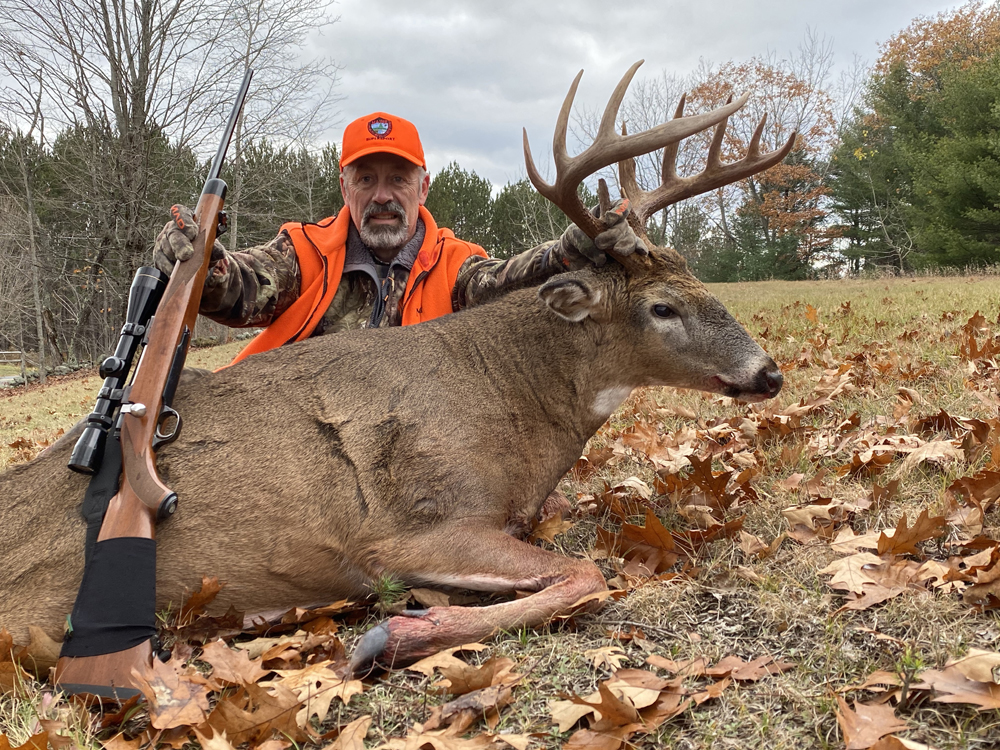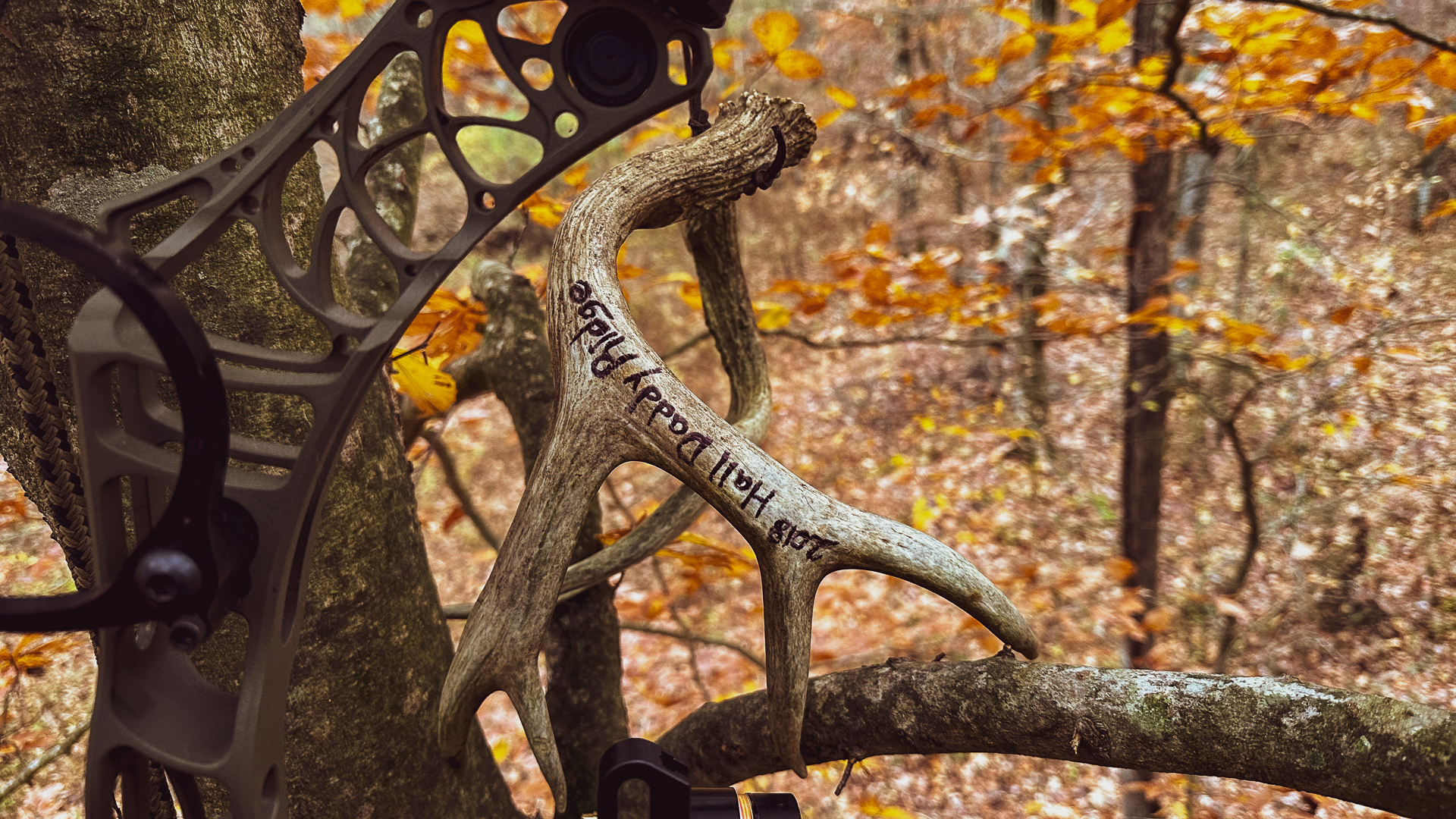Bob Humphrey
The Science of Scent-post Rubs
In the dim light, the signpost up ahead stood out like a speed limit sign on a dark road. Among a dense grove of evergreens a buck, and by the looks of it a sizeable one, had chosen one particular tree upon which to make his mark. The trunk was as thick as a man’s leg and the bark had been shaved clean from one side, indicating repeated use. I noted the rub’s location and formulated a plan that would eventually lead me to meet its maker.

Of all the different types of deer sign you can find in the woods, I find rubs to be among the most useful. Understanding the purpose of rubs and knowing the different types can sometimes help tip the odds slightly more toward the hunter’s side of an already unbalanced equation.
Bucks rub for different reasons. In late summer, they may simply rub a sapling to rid their rack of remnant velvet. Later, when preparing for the rut or sorting out dominance they may take out their aggression on the vegetation, or as a demonstration to a potential rival rather than engaging in combat. Or they might just be “feeling their oats.” Those rubs are seldom revisited and of limited use to a hunter.
The rubs you want to find are those that bucks visit repeatedly. Biologists aren’t entirely clear on their purpose, but like scrapes they represent a means of scent communication. While rubbing bark off the bole of a tree, a buck leaves scent from its forehead and possibly other glands. It may simply be a way of making the buck’s presence known to others, or it could be a way of signaling dominance or challenging potential rivals. Either way, it’s a good sign there’s a buck using the area on a regular basis. Furthermore, rubs are visited more often and over a wider time window than scrapes, making them a better place to lie in ambush.

You can learn a lot from rubs. While there’s not much science behind it, the general trend seems to be that any buck, large or small might rub a narrower tree, but only bigger bucks will rub bigger trees; so size does matter and the bigger, the better.
A single rub may or may not be useful. The good ones will show evidence of repeated use, sometimes even several seasons’ worth of wear and tear. These are sometimes referred to as signpost rubs and could be an indication you are in the core area of an older buck. Even better sign is multiple rubs in a line. If you find one along a trail, look for others. As you start plotting them, you will begin to recognize a regular travel route. Now the plot begins to thicken.
More often than not, rubs will be on one side of a tree. That can give you a general direction of travel, which may or may not be useful unless you can figure out what time of day a buck is traveling that route. You can sometimes do this by stepping back and taking a broader, more extensive look at the lay of the land. If the area ahead of the rub line is more likely a feeding area, there’s a better chance it’s an afternoon travel route. If bedding lies ahead, it could be a morning route.

Trail cameras can be immensely helpful in sorting this out. If you find a rub line, place one or more along the route, facing down the trail rather than at a perpendicular to it. Then simply see what the cameras tell you for timing.
Finding rubs is often random but knowing where to look for them could be a helpful time saver. We don’t really know why, but individual bucks sometimes show a personal preference for rubbing certain species of trees. More often, they’re aromatic species like cedar or cherry. If you notice a trend in the areas you hunt, look in other locations dominated by the same species and you might find more rubs.
There’s a lot more to rubs but the above should at least get you started in the right direction. First find the rubs. Plot them out, figure the timing then stake them out and you just might get to meet their maker.































